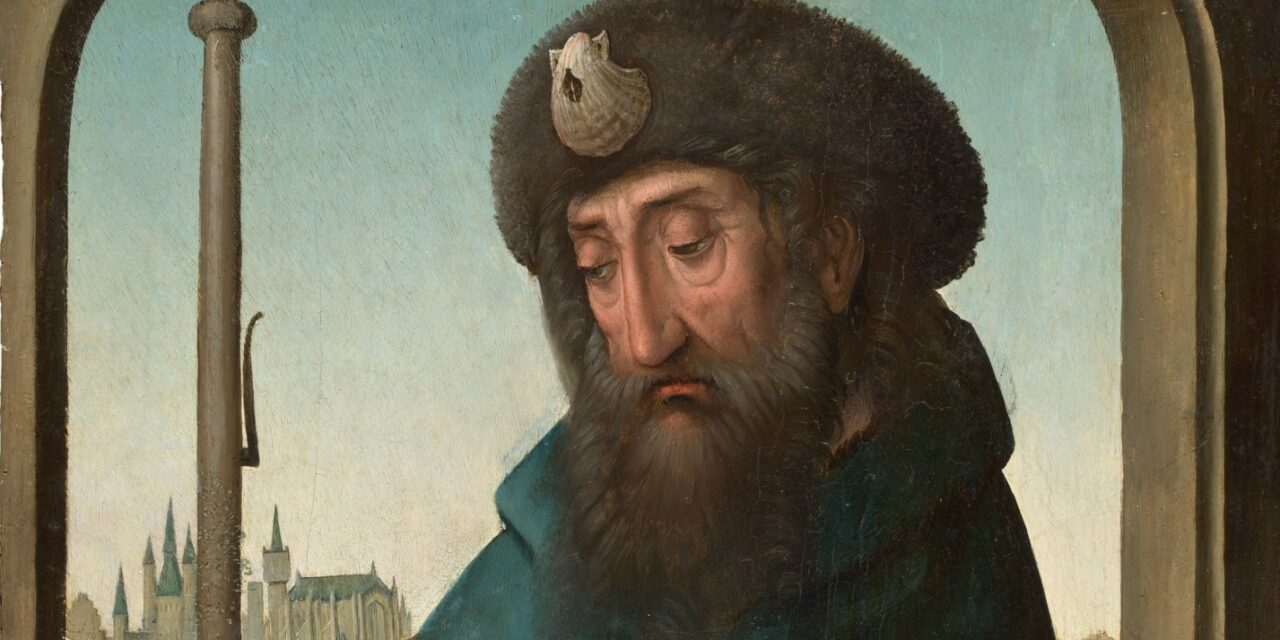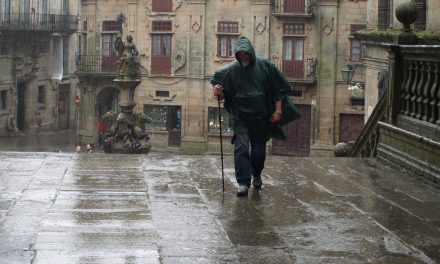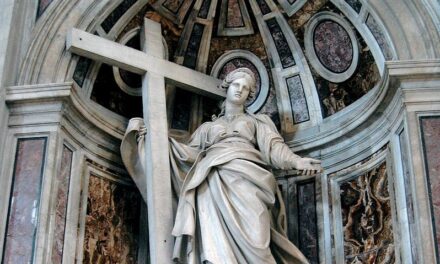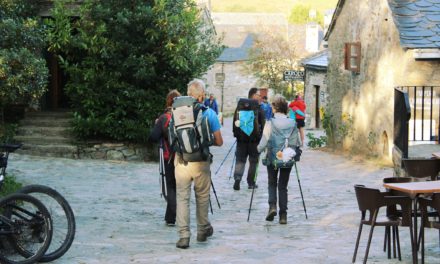The legend and traditions created around Santiago are among the richest in the history of Christianity, but if we ignore those stories which were written centuries after his death, the actual knowledge we have about his life is very scarce. The best documented fact from contemporary sources was his martyrdom in the year 44. We also know that, according to the Gospels, St. James was one of the favorite apostles of Christ, along with his brother St. John the Evangelist and St. Peter. His closeness to Christ was such that he was a witness to some of the most important episodes in Jesus’ life: the resurrection of the daughter of Jairus, the Transfiguration on Mount Tabor and the garden of Gethsemane.
St. James’ father was known as Zebedee and his mother was Mary Salome, who according to the Apocrypha was the sister of the Virgin Mary. According to the Gospels James followed the wishes of his mother, an ardent follower of Christ, who ask Jesus to call her sons, James and John, to sit down with him in his Kingdom.
Being very young, the brothers were fishermen until one day Jesus himself called them while they were fishing. Thus, St. James became a fisher of men and “servant of God”, a formula which appears in the Gospels, also in a celebrated letter attributed to him for many centuries, and which is engraved on many sculptures of the Saint along the Way of St. James.
Regarding his character, we only know one description that gives us some insight as to his character, a name under which he appears in the Gospels: “son of thunder”. From that name many authors have deduced that he was an irascible or, at least, impetuous man, especially if we consider his demand that Christ should punish the hostile Samaritans with fire.
The worship of St. James begins with his martyrdom, mentioned for the first time in the events of the Acts of the Apostles, and spread in the ninth century texts Passio Modica and richer legend Passio Magna, both reproduced in the Codex Callixtinus. But that’s another story…










